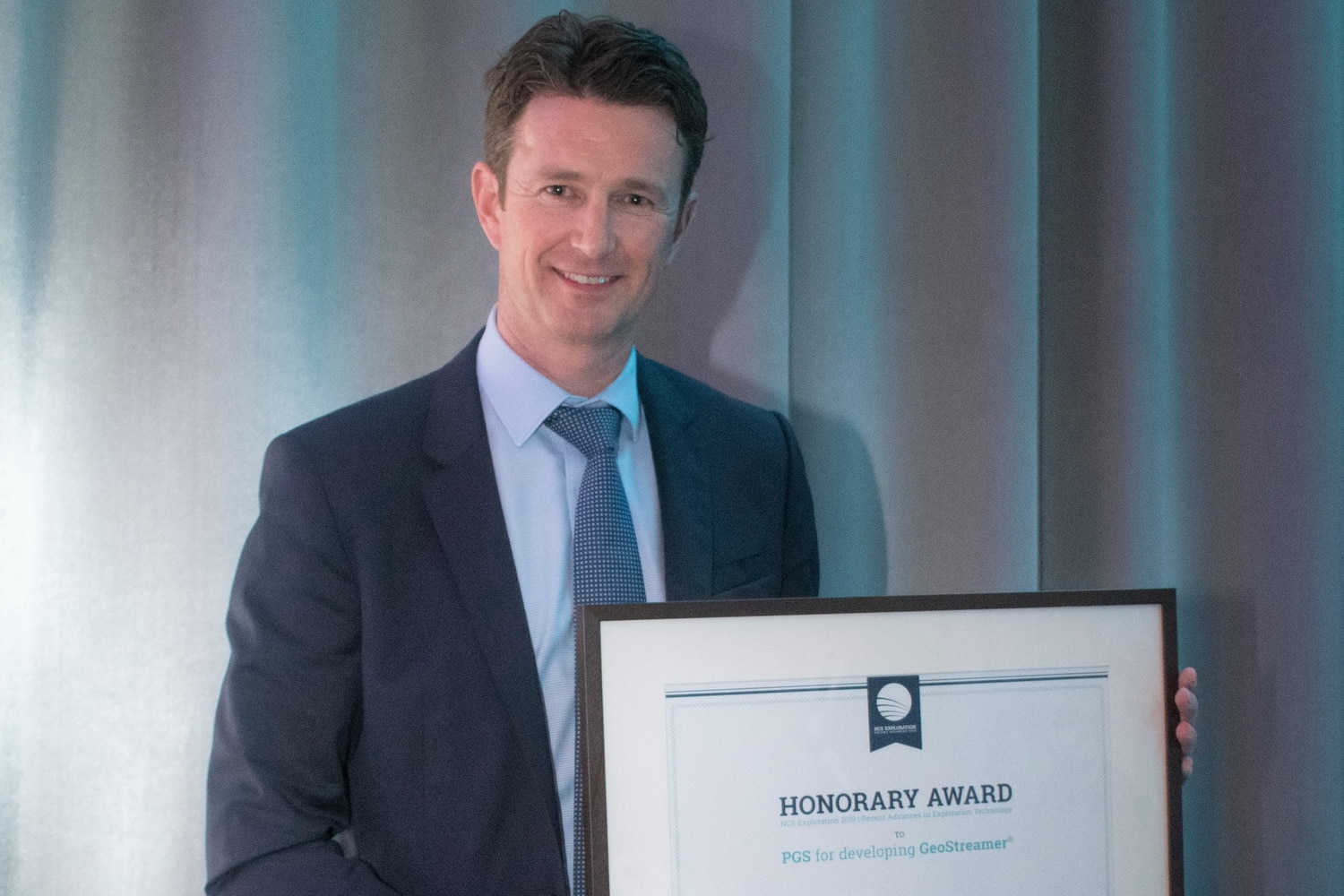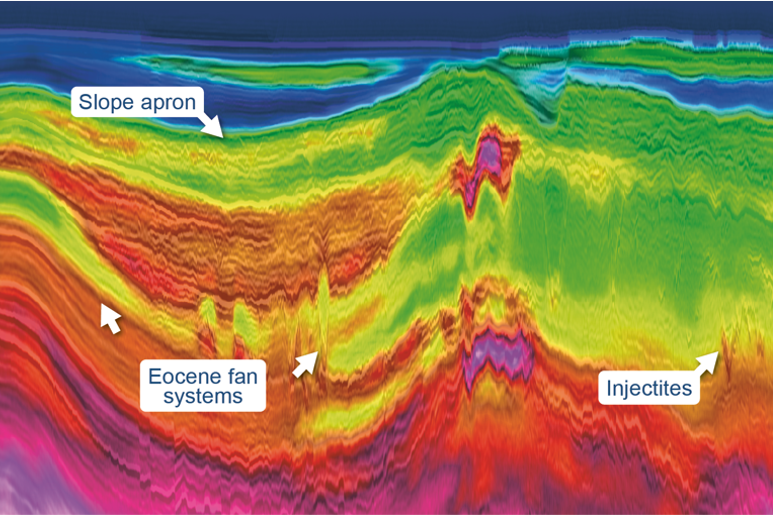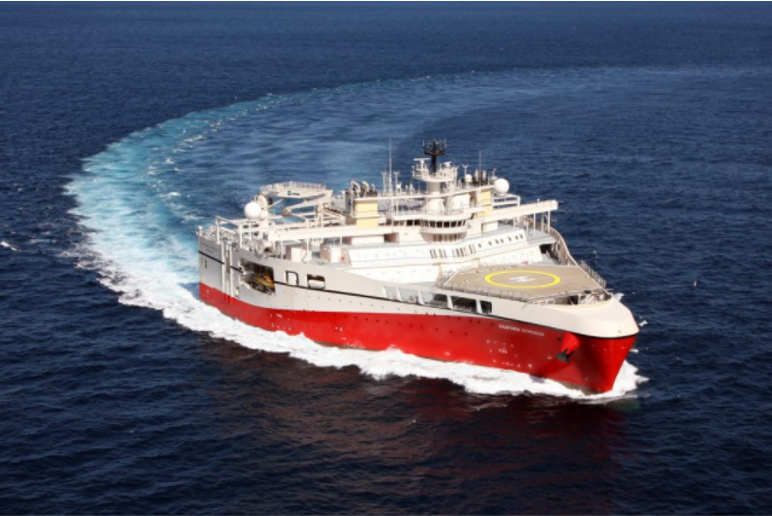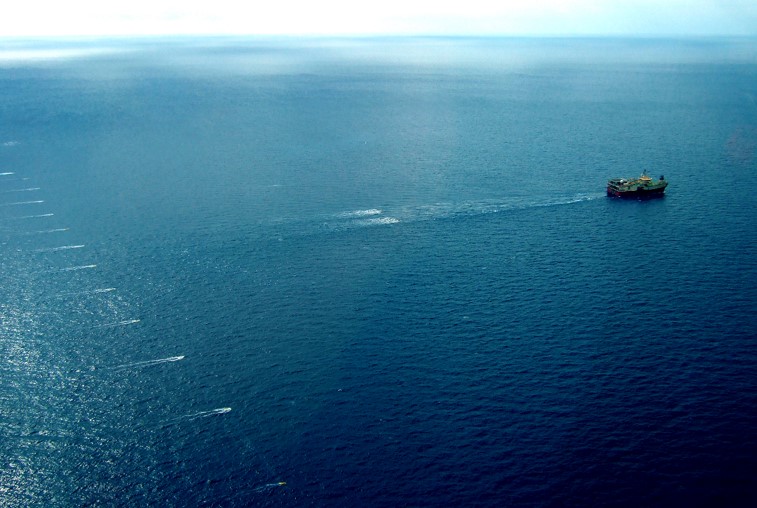“It is an honor for me to receive this Honorary Award on behalf of PGS”, Rune Olav Pedersen, CEO in PGS, said at NCS Exploration 2019.
The prestigious award was presented to PGS in an evening ceremony on May 21.
“The GeoStreamer project started internally in PGS in 2001. In the beginning this was more an “idea” a few dedicated people in PGS’ R&D department was pursuing than a real project. These individuals did believe that it should be possible to produce a streamer that included a geophone in addition to the hydrophone which was used in streamers at the time. Conventional wisdom, however, said this was not possible as the geophone would be too noisy to introduce any uplift in resolution”, Pedersen explained.
“In this context I have to give particular praise to two persons working for PGS at the time. The late Svein Vaage who was the main driver for the patent which solved the issue of the noisy geophone by replacing the noisy spectrum of the geophone with hydrophone data, and Rune Tenghamn who pioneered the idea and drove the engineering to the streamer. Their joint effort – together with several other people in PGS – are people that should feel most honored by this award.”
“As you all know”, Pedersen continued,” the GeoStreamer marked a step-change in improved resolution in seismic data from streamer acquisition. There are many reasons for this, but perhaps the most notable is the ability to remove the ghost created by the down going wave after the signal has reflected off the sea surface. In a presentation to the then CEO the head of G&E in PGS called the streamer the “Ghostbuster”. In the end we settled on a different name.”
“In addition to the geophysical benefits it allowed us to tow the streamer significantly deeper than we had previously done which again made our operations more robust and safer. We expanded the weather window for safe operations.”
Pedersen also stressed that the impact the GeoStreamer has had on PGS cannot be overestimated.
“This has for example been a significant contributor to the development of a very large seismic library consisting of high-quality data. This has again made our multiclient business profitable which again saved the company in the very challenging time we have behind us.”
“However, the introduction of GeoStreamer also sparked significant development of new acquisition solutions and processing solutions by PGS and its peers: The introduction of several “broadband” solutions. I remember acquisition with slanted streamers coupled with new processing solutions and finally the introduction of multicomponent streamers by some of our peers. These and other industry developments has brought seismic streamer data quality to a new level!”
Rune Olav Pedersen made it clear that the PGS staff is proud to have been the company that launched the GeoStreamer and with it the wide variety of new processing and acquisition solutions that the industry has developed as a response to this.
“The GeoStreamer is still “state of the art” now twelve years after its launch. In PGS we are now advanced in our development of the next generation which will lower the cost of production, strengthen the streamer, reduce the drag and introduce other operational benefits – to the benefit of exploration going forward”, the recipient of the NCC Exploration Award 2019 concluded.
The jury’s reasoning
GeoStreamer was launched by PGS in 2007 and was the first multi-sensor streamer available on the market.
Until then, streamers had only measured the pressure wave field. GeoStreamer measured vertical particle motion in addition to the pressure. Particle motion measurements are easily contaminated by noise, and this was a big challenge that PGS had to overcome. However, the upside of using these measurements were considerable. De-ghosting of seismic data could be improved, which again led to improved bandwidth and more flexibility in towing depth.
The flexibility in towing depth meant higher productivity in poor weather, and it was easier to tackle difficult situations with for example a thermocline in the upper water layer. The improved bandwidth was important for resolution and for seismic inversion techniques.
The launch of GeoStreamer had a disruptive effect on the acquisition and processing market and triggered the “broadband revolution”. To increase bandwidth from single sensor data, slanted streamer acquisition was introduced by several companies. Also, a lot of efforts was spent on improving methods for de-ghosting of single sensor data, and on improving processing of low frequencies.
It took almost 5 years before the first commercial alternative to the GeoStreamer became available, and PGS is still the only company to have its entire fleet equipped with multi-sensor streamers.
In conclusion, the GeoStreamer was a disruptive and innovative technology that triggered many new developments and directions in the acquisition and processing market. PGS is therefore a worthy winner of the Honorary Award.

Illustration: PGS





